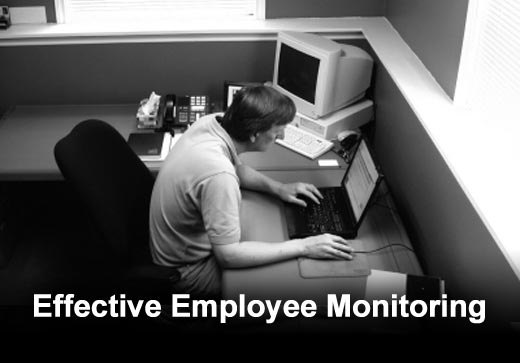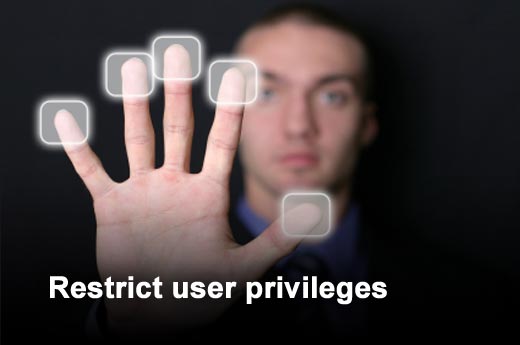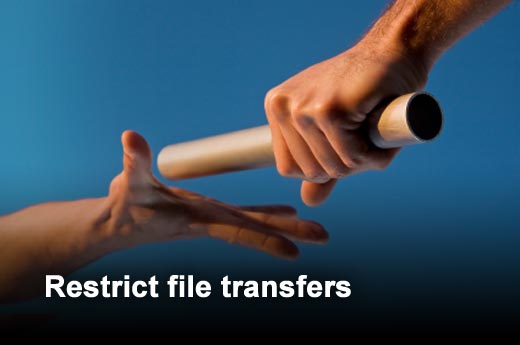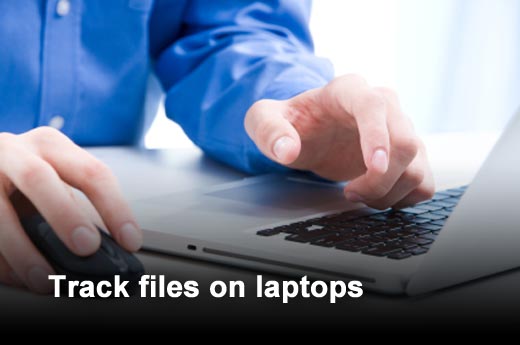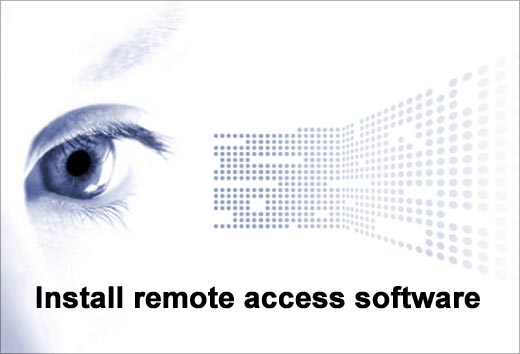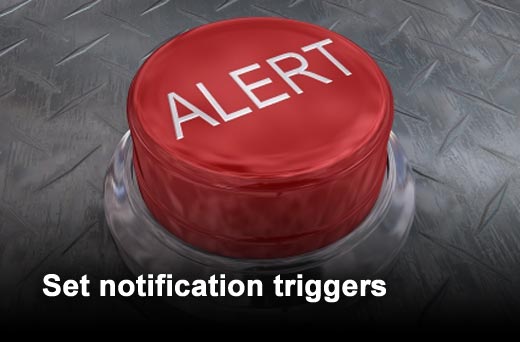With the escalating use of mobile devices and tablets, along with the growing number of telecommuters, it’s critical for small businesses to stay on top of employee activity. According to the Ponemon Institute, the costs associated with data breaches caused by careless or malicious employees can be detrimental to an SMB — insider breach incidents cost businesses an average of $3.4 million per business per year. Furthermore, Ponemon’s survey found that 60 percent of exiting employees walked out with company information. That added to the productivity loss caused by unmonitored employees — the average unmonitored employee wastes approximately 30 percent of their workday on non-work-related Web browsing — is costing small businesses more than they realize.
While most large corporations have standard employee monitoring rules in place to prevent wasted time and the potential for data leakage, many small businesses do not have the time or resources to develop and enforce effective policies.
Ron Penna, Chief Strategy Officer at Awareness Technologies, outlines seven critical and effective employee monitoring approaches for small businesses to protect their intellectual property, prevent vital information from being leaked and to maximize employee productivity.
Click through for seven approaches small businesses can use to protect their intellectual property and maximize employee productivity, as identified by Ron Penna, Chief Strategy Officer at Awareness Technologies.
Evaluate employee security and monitoring procedures to address the increasing threat posed by untrained, careless or malicious employees.
Limit employee access to certain websites by blocking inappropriate websites on both on- and off-network connected computers, especially off-network laptops.
Restrict user privileges based on the role of the user in the company. For example, allow junior executives access to webmail, but not be able to use it to send confidential data or be allowed to use potentially problematic programs such as peer-to-peer or encryption software. Restrictions can also be applied to entire departments or contracted workers.
Implement policies that forbid employees from copying files to removable media like USB drives or transmitting via webmail systems and social networks.
Keep track of which files are contained on company laptops and periodically refresh the list, so that you have a record of information in the event of laptop theft or loss.
Consider installing laptop and mobile protection software that allows the ability to remotely access and delete data from devices in the instance that they are lost or stolen. Don’t make the mistake of relying solely on encryption to ensure that information remains confidential.
Set behavioral triggers to notify appropriate department heads when risky behaviors are conducted by employees in their department such as transmitting confidential information to unauthorized parties or participation in unproductive or inappropriate activities.


